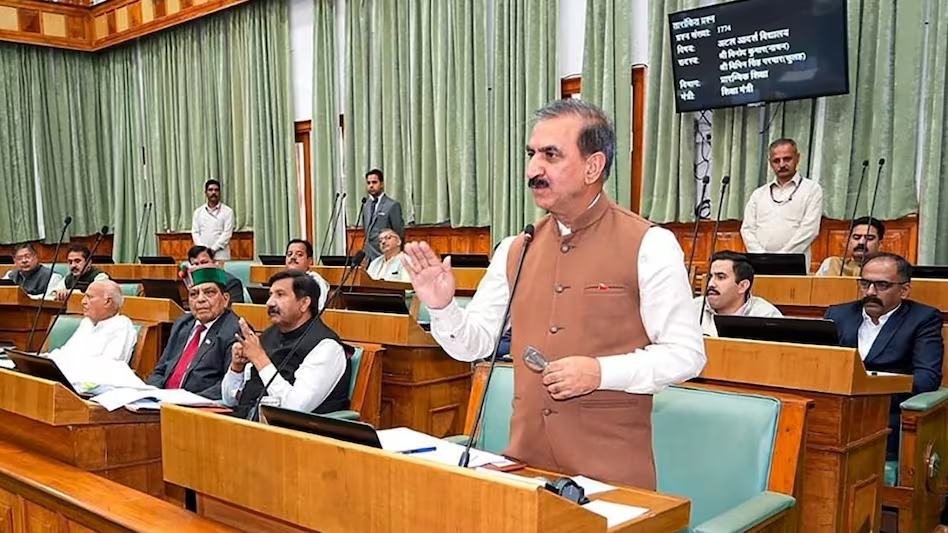- Courses
- GS Full Course 1 Year
- GS Full Course 2 Year
- GS Full Course 3 Year
- GS Full Course Till Selection
- Answer Alpha: Mains 2025 Mentorship
- MEP (Mains Enrichment Programme) Data, Facts
- Essay Target – 150+ Marks
- Online Program
- GS Recorded Course
- Polity
- Geography
- Economy
- Ancient, Medieval and Art & Culture AMAC
- Modern India, Post Independence & World History
- Environment
- Governance
- Science & Technology
- International Relations and Internal Security
- Disaster Management
- Ethics
- NCERT Current Affairs
- Indian Society and Social Issue
- NCERT- Science and Technology
- NCERT - Geography
- NCERT - Ancient History
- NCERT- World History
- NCERT Modern History
- CSAT
- 5 LAYERED ARJUNA Mentorship
- Public Administration Optional
- ABOUT US
- OUR TOPPERS
- TEST SERIES
- FREE STUDY MATERIAL
- VIDEOS
- CONTACT US
India's Smart Cities Mission
India's Smart Cities Mission
Latest Context:
Recently, UN-HABITAT has released a report called "Smart Cities Mission, India: Localising Sustainable Development goals” in collaboration with the Ministry of Housing and Urban Affairs in India.
Smart Cities Mission
- The Smart Cities Mission, launched in 2015, is a centrally-sponsored scheme (It is a government program where both the central and state governments share the funding and implementation responsibilities) led by the Ministry of Housing and Urban Affairs.
- Its objective is to promote cities that offer essential infrastructure, a clean and sustainable environment, and a good quality of life for their residents through smart and innovative solutions.
- The mission is guided by six fundamental principles, including community involvement, resource efficiency, cooperation among regions, sustainability, technology as a tool, and integration and convergence (Coming together).
Sustainable Development Goals (SDGs)
- The Sustainable Development Goals (SDGs) are a set of 17 global goals established by the United Nations in 2015.
- They aim to address various global challenges and improve the quality of life for people around the world by 2030.
- These goals cover a wide range of issues, including poverty, hunger, health, education, gender equality, clean water, sanitation, climate action, and more, with the overarching objective of creating a more sustainable and equitable world.
Some key points from the report:
- Overview: The report focuses on the Smart Cities Mission in India and how it relates to the Sustainable Development Goals (SDGs).
- Examining City Transformations: The Smart Cities Mission in India is aimed at transforming 100 cities across the country in line with the SDGs.
- Three Pillars of Progress: The Smart Cities Mission focuses on three key areas: Making cities more liveable, promoting economic growth, and ensuring sustainability. These pillars align with 15 out of the 17 SDGs.
- Projects Paving the Way: Approximately 44% of the projects under the Smart Cities Mission contribute to SDG 11 (Sustainable Cities and Communities), followed by SDG 6 (Clean Water and Sanitation) at 13.3%, and SDG 7 (Clean and Affordable Energy) at 8.6%.
- Zooming In on Six SDGs: The report thoroughly examines six specific SDGs: 6, 7, 8 (Decent Work and Economic Growth), 9 (Industries, Innovation, and Infrastructure), 11, and 17 (Partnerships for the Goals).
- Localizing Goals for Impact: Localizing the SDGs means considering regional or local contexts when working towards achieving these goals.
Smart Projects in Line with SDGs:
- SDG 6: For SDG 6: In Ahmedabad, using sensors to monitor the water network helped find leaks and added an extra 50 million litres of water daily.
- SDG 7: In Visakhapatnam, the Mudasarlova Reservoir Floating Solar Plant generated 3,613 MWh of electricity each year and reduced CO2 emissions by over 3,000 tonnes.
Question: What are the key pillars of India's Smart Cities Mission, as mentioned in the context?
A) Economic growth, innovation, and technology
B) Infrastructure development, cooperation, and sustainability
C) Liveability, economic growth, and sustainability
D) Resource efficiency, community involvement, and integration
Answer Choices:
A) A and B
B) B and D
C) C and D
D) A and C
Correct Answer: C) C and D
Explanation: The key pillars of India's Smart Cities Mission are liveability, economic growth, and sustainability, as well as resource efficiency, community involvement, and integration. These pillars are mentioned in the context as the guiding principles of the mission.



